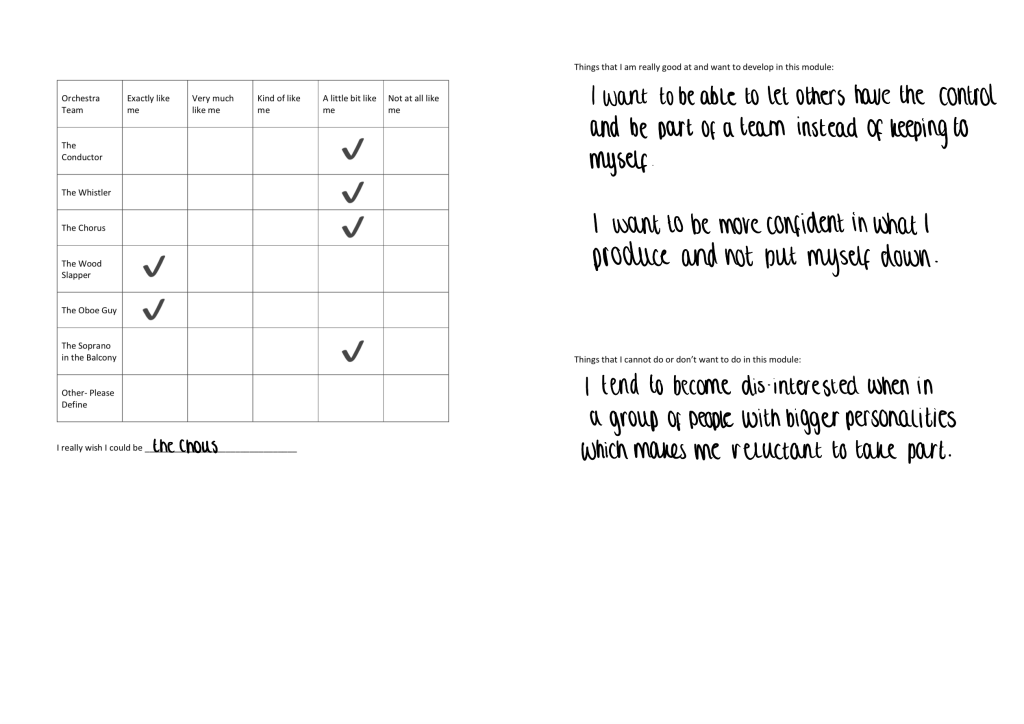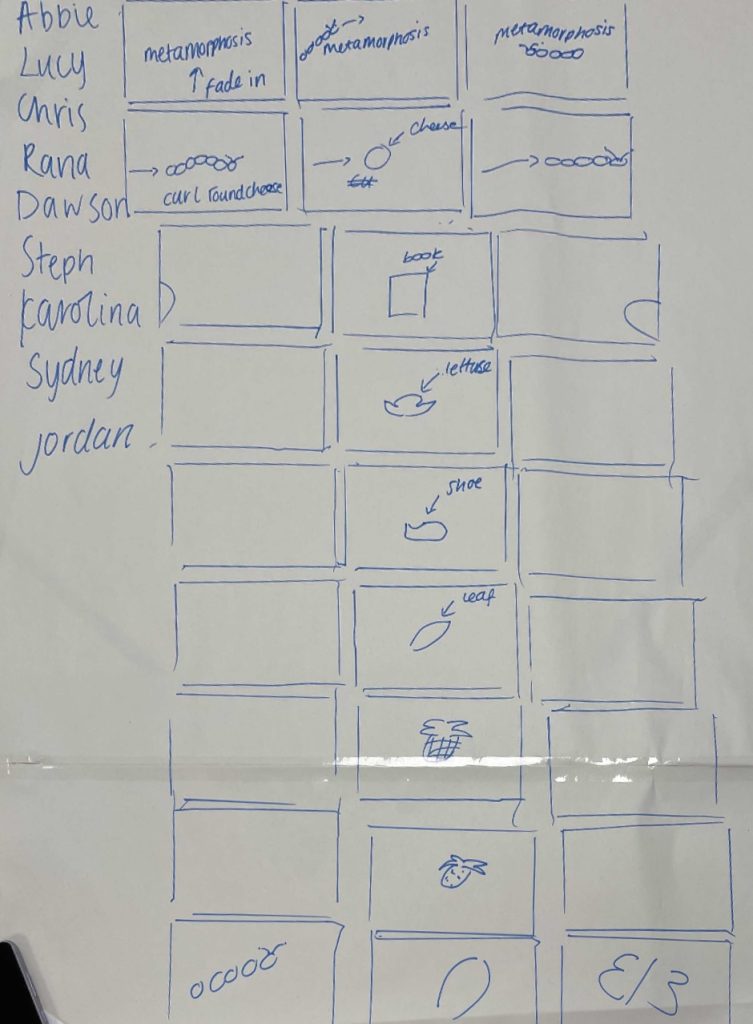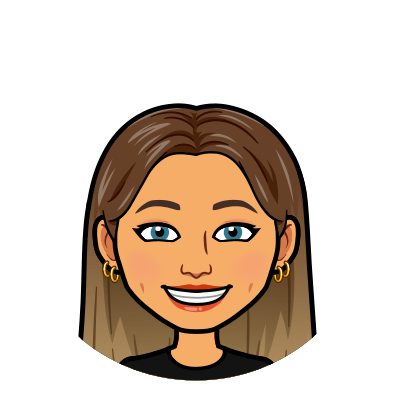Teamworking Storyboard
Understanding individual personalities significantly impacts a team dynamic; each team needs the right ingredients of personalities to ensure success. All characters provide different inputs to the group, bringing individual qualities to the team. There must be a healthy mix of personalities.
I took it upon myself to explore how companies encourage and have a successful team working experience. I stumbled upon a video created by google giving an insight into the secrets of successful team working. It helped me envision how large companies handle teamwork successfully.
The company launched their study of many different teams over three years. They concluded that there was no correlation between personalities and being successful. However, they stated that each member of the team inputted equally. In other instances, this might not be the case as many introverted personalities are reluctant to put their ideas forward, thus meaning they sometimes have a different amount of say. They then followed with many different ways in which they were successful.
Personality Test
The class was tasked to complete a psychometric test after watching The Good, the Bad and the Ugly by The Danish National Symphony Orchestra. It was clear to see the musicians’ roles in the orchestra and their responsibilities. From this, we were given a sheet with boxes to tick on where we see ourselves as a part of the orchestra and where we personally think we are best suited.

I learnt through the orchestra psychometric test I am very much the ‘Wood slapper’. I am reserved and enjoy completing work independently in my own space and on my own time. I am a perfectionist, so if I see a vision, I must do the work myself to ensure I meet my aim. Working in a team concerns me as sometimes people lack the strive for perfection, which could severely impact my own work or contribution. On the other hand, if I were more extroverted, I see myself being the director taking charge of the team to complete my visions.
Following that, I would be fond of being a part of the chorus. It would be beneficial to experience following other team members’ ideas and be told what to do. This will allow me to explore different design styles and see other people’s visions and how they go about completing their goals.
Flipbook
Following from the psychometric test, the class was tasked to create a flipbook animation focused on the popular children’s book, The Very Hungry Caterpillar. From what I understood, Abbie was made the conductor of the task, with the rest of the group acting as the chorus. Each person was responsible for creating the flipbook animation and was assigned a keyframe. The names to the left of figure 4 are relative to the order of the keyframes. Knowing what each individual was working on promoted good communication within the group.
I wasn’t able to attend the lesson at this time, so I worked with Rana, who helped me to understand the task in order for me to complete it. I also had other guidance from multiple classmates in a group chat which was helpful.

I decided to add in my own section to the more extensive animation; the caterpillar enters at the beginning of the flipbook and disappears into a portal. I struggled to work with this animation style as I found it challenging to handle and flip through the different pages. Because it was hand drawn, the animation wasn’t seamless as the positions of the drawing often didn’t align properly. It was interesting to see how time-consuming the task was for such a short and simple animation.
Flipbook Digital Animation
Once I completed my flip book, I decided to explore digitally animating it to give myself some experience before designing my final animation piece. In the end, I added a butterfly which came through a portal.
References
- Coding Tech. (2018). Secrets Of Successful Teamwork: Insights From Google. [Online Video]. 12 October 2018. Available from: https://www.youtube.com/watch?v=hHIikHJV9fI. [Accessed: 1 March 2023].
- DR Koncerthuset. (2018). The Good, the Bad and the Ugly – The Danish National Symphony Orchestra (Live). [Online Video]. 26 January 2018. Available from: https://www.youtube.com/watch?v=enuOArEfqGo. [Accessed: 1 March 2023].
- Templar. Unknown. Q&A: PERSONALITY AND TEAM MANAGEMENT DYNAMICS. [ONLINE] Available at: https://templaradvisors.com/2017/11/27/qa-personality-team-management-dynamics/#:~:text=Personality%20differences%20can%20have%20a,they%20adapt%20their%20styles%20accordingly.. [Accessed 1 March 2023].
